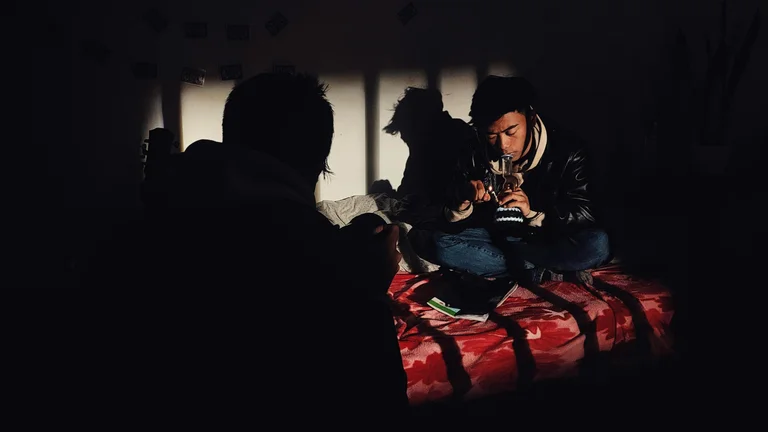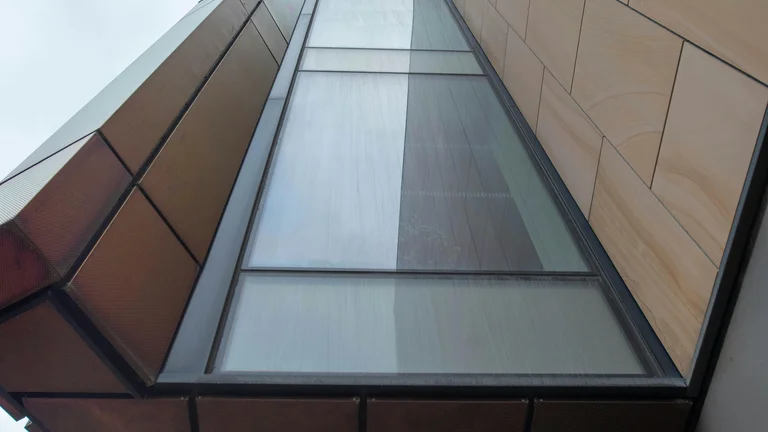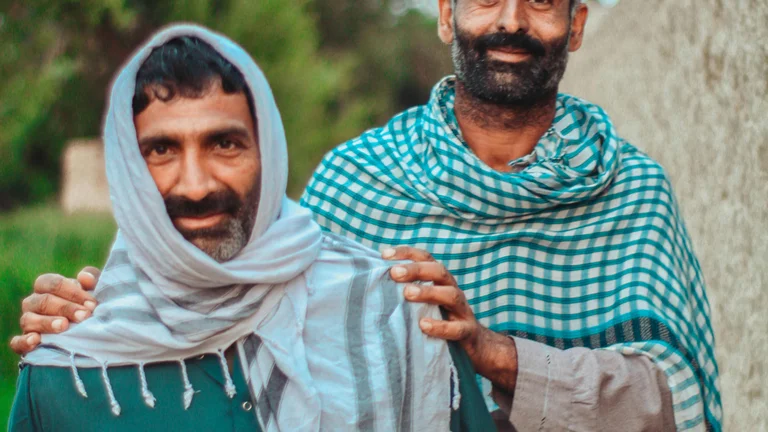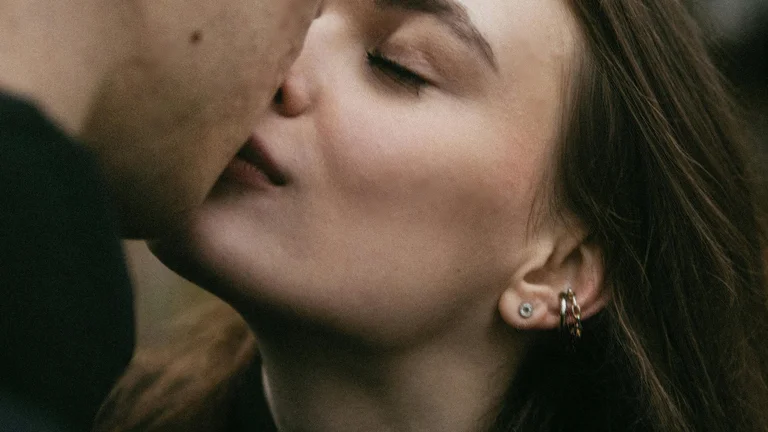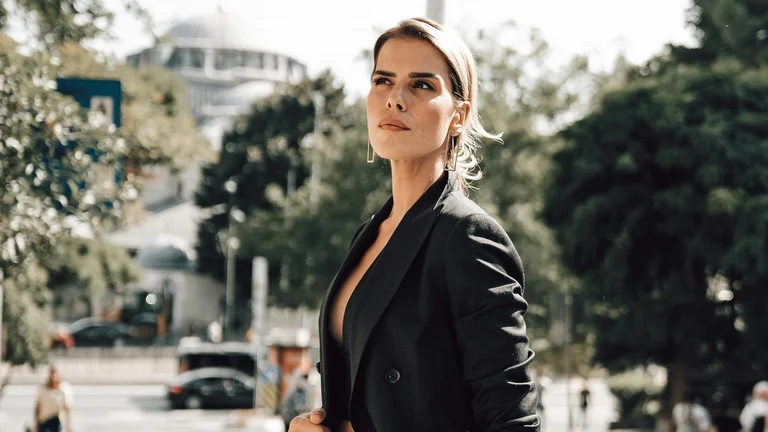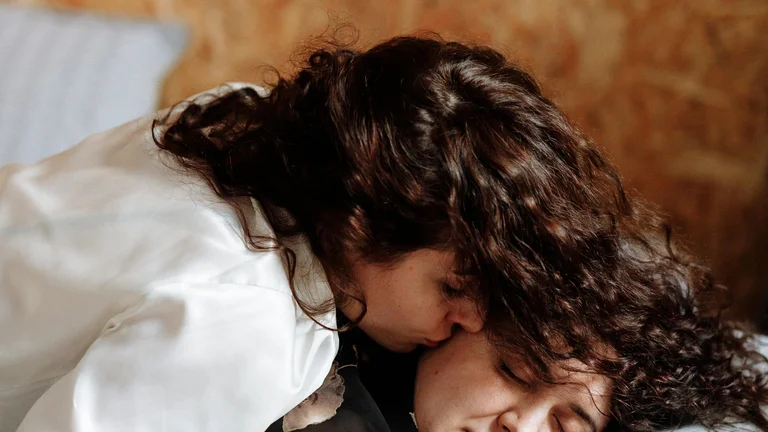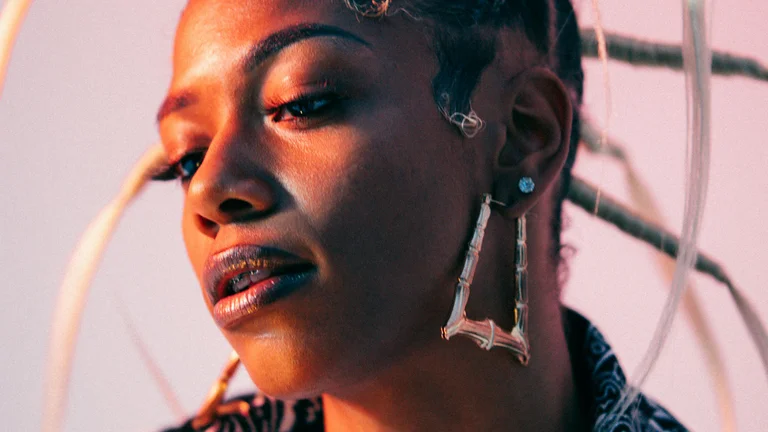
Fashion trends inspired by popular doramas have emerged as powerful cultural catalysts that influence global style movements. Doramas, predominantly Japanese and Korean TV dramas, have captivated international audiences with their compelling narratives, relatable characters, and signature aesthetics. These shows do more than entertain; they serve as authentic showcases of apparel, accessories, and styling philosophies, blending tradition with contemporary trends. This phenomenon has spawned dedicated fan bases who emulate and adapt on-screen wardrobes into everyday fashion, reshaping market demands and style sensibilities.
The meticulous costume design in doramas prioritizes characterization, narrative coherence, and cultural resonance, making clothing a narrative device as well as a fashion statement. As such, understanding how fashion evolves in doramas requires exploring production approaches, regional influences, and the reciprocal relationship between screen and street fashion. Costume designers often balance trend forecasting with character development, ensuring that wardrobes feel both aspirational and attainable. As popular characters wear bold or subtle outfits, these choices signal upcoming shifts in mainstream fashion, particularly for younger demographics.
The impact of dorama-inspired fashion extends beyond East Asia, with Western and global audiences increasingly integrating these styles into their own sartorial language. Young adults and teens worldwide closely follow key shows like “Itaewon Class,” “Boys Over Flowers,” and “Hana Yori Dango,” adopting traits such as layering techniques, color-blocking, and accessories featured prominently on-screen. Social media platforms amplify these trends, as viewers share looks, tutorials, and fan art dedicated to their favorite characters’ styles. Consequently, fashion brands and retailers often monitor dorama wardrobes to capitalize on emerging demands, collaborating with stylists or releasing collections inspired by these visual narratives.
Korean Doramas: Minimalism Meets Bold Statement Pieces
Korean doramas are widely recognized for their sleek, minimalist foundations augmented by bold, sometimes quirky accents. The fashion language deployed within these dramas often embraces clean lines, muted palettes, and layering but punctuated by striking statement pieces such as oversized coats, bold-patterned scarves, or unique handbags. The dichotomy between understated base garments and standout accessories creates an aesthetic that feels both accessible and aspirational. Figures like Park Seo-joon in “Itaewon Class” or Kim Taehyung in “Hwarang” exemplify the effortless coolness of this approach.
For instance, the protagonist of “Itaewon Class,” Park Sae-ro-yi, showcases a blend of casual streetwear and smart utilitarian clothing that resonates with young urban professionals. He combines fitted denim, basic tees, and tailored jackets, often layered to adjust to changing environments. The character's uniform-like black work jacket sparked trends emphasizing functional, durable outerwear with stylish edges, influencing streetwear brands globally. This demonstrates how narrative context enhances fashion appeal by tying aesthetics to personality and lifestyle.
Korean female leads frequently display a refined fusion of modernity with traditional femininity. In dramas like “Crash Landing on You” or “Descendants of the Sun,” costumes include midi skirts, structured blazers, soft blouses, and delicate accessories. These layers reflect a sophistication that doesn’t eschew comfort, enabling a balance between authority and approachability. Fashion accessories such as pearl clips, minimalist jewelry, and compact handbags complete the looks, emphasizing subtlety over extravagance. The cultivation of this style encourages viewers to reinterpret professional and casual wardrobes with a softer lens.
Another characteristic trend is the frequent use of color blocking and tonal palettes with restrained contrasts. Pastels often dominate spring and summer seasons, harmonizing with simple cuts and fluid fabrics, whereas autumn-winter scenes emphasize earth tones, charcoal grays, and navy blues. Texture plays an essential role, with materials like wool, cashmere, and cotton being the staples. This attention to fabric choice reinforces seasonality and character mood, which viewers often replicate when rebuilding their wardrobes for similar transitions.
Japanese Doramas: Eclectic Layering and Vintage Infusions
Japanese doramas present a complex aesthetic amalgam that combines eclectic layering techniques, subtle vintage influences, and expressive prints. The relationship between individualism and social harmony prevalent in Japanese culture manifests in wardrobe choices that often balance unconventional mixes within a cohesive look. Dramas like “Hana Yori Dango” and “Nigeru wa Haji da ga Yaku ni Tatsu” embrace playful, youthful styling underscored by classic silhouettes.
Characters often wear multiple layers with varied textures, incorporating knits, shirts, skirts, and outerwear with whimsical patterns such as florals or muted plaids. This approach enables wardrobe versatility, allowing audiences to mix and match pieces in ways that defy strict minimalism yet retain an ordered visual narrative. For instance, school uniforms adapted in “Hana Yori Dango” became iconic symbols, spawning trends that mix traditional elements like pleated skirts with contemporary accessories such as oversized bow ties and stylish loafers.
Moreover, Japanese dramas make extensive use of vintage and retro components ingeniously integrated into modern looks. This includes reimagined 80s silhouettes with broader shoulders, high-waisted pants, or oversized sweaters layered over tailored trousers. Such combinations both pay homage to historical eras and offer viewers approachable models for sustainable and slow fashion trends. The vintage infusion encourages character development by expressing nostalgia or rebelliousness, often tied to plot arcs, which resonates with fashion-conscious consumers looking to personalize their style.
The popularity of ‘kawaii’ or cute aesthetics also permeates many Japanese doramas, especially those targeting younger demographics. This aesthetic includes round collars, pastel colors, and accessories such as hairpins, ribbons, and small handbags that accentuate a youthful charm while maintaining sophistication. It is a nuanced balance avoiding childishness, instead projecting an image of deliberate playfulness combined with maturity. Such nuances influence retail sectors specializing in street fashion and overall youth trends in Tokyo and beyond.
Influence of Dorama Characters on Fashion Psychology
Fashion psychology studies how clothing choices influence perceptions of self and others, and doramas provide a rich observational ground to analyze this phenomenon. Characters’ clothing reflects their personality arcs, aspirations, and social status, which audiences internalize as templates for personal expression. For example, a shy, introverted character might start with muted tones and lose layers over time, paralleling emotional growth. Conversely, confident leads may wear louder patterns and bold shapes to signify empowerment.
Audiences often experience a parasocial relationship with characters, allowing them to safely experiment with styles by proxy. This has led to increased engagement with dorama-inspired fashion beyond costumes to immersive experiences, such as cosplay, themed cafes, and pop-up shops offering similar pieces. This process illustrates how narrative-driven fashion transcends passive consumption and becomes part of identity construction, enhancing self-esteem and social belonging.
Furthermore, the performative aspect of wearing dorama-inspired outfits serves as a communicative tool. Individuals convey aspirational traits or emotions through clothing, articulating moods that align with their favorite characters’ journeys. This social signaling blends fandom culture with broader fashion movements, increasing demand for unique yet wearable garments designed with storytelling in mind. The emotional connection to doramas effectively drives consumer behavior in markets focused on young, connected populations.
Iconic Accessories and Styling Details from Popular Doramas
Accessories in doramas act as critical fashion anchors that complete and elevate outfits while reinforcing character identity. These often take the form of minimalist jewelry, distinctive hats, or statement bags that are as much narrative symbols as they are style elements. Analyzing the most recurrent accessories reveals how small details have disproportionate impacts on fashion trends.
For example, in Korean dramas, layered necklaces are popular for adding dimension without overwhelming simplicity. These pieces often combine gold and silver metals to signify fluidity and modernity. Simultaneously, the use of delicate rings stacked together introduces a subtle edge, enabling viewers to replicate the look without significant investment. Similarly, bucket hats and berets have become emblematic of casual chic, balancing sun protection with youthful flair.
Japanese dramas frequently highlight hair accessories such as barrettes and ribbon bands. These hairpieces enhance facial framing and complement the ‘kawaii’ aesthetic, signaling innocence tempered by sophistication. Bags ranging from mini satchels to oversized totes reflect both practicality and stylistic intention, often chosen to contrast with clothing textures. Footwear also plays an instrumental role, with loafers, ankle boots, and sneakers integrated depending on the scene’s mood or character development.
Understanding these styling details is essential for fashion enthusiasts looking to incorporate dorama-inspired elements in an authentic manner. It requires attention to proportion, color harmony, and cultural symbolism embedded in the accessories’ design. These elements collectively distinguish dorama fashion from other global trends by layering narrative meaning on top of aesthetic appeal.
Retail and Market Impact of Dorama-Driven Fashion Trends
The commercial influence of doramas extends deeply into fashion retail ecosystems. Many brands deliberately track trending doramas to align product releases with peak audience interest. Limited-edition collections, capsule wardrobes mimicking character styles, and collaborations with drama stylists represent a growing strategy to harness consumer enthusiasm. This convergence of media and fashion marketing has become a case study in niche-driven brand building.
Analytical data from e-commerce platforms indicates that items featured in hit doramas, such as trench coats, pleated skirts, or layered tops, experience significant sales spikes during or immediately after the series’ airing. Social listening tools also reveal increased search queries and social engagement related to specific garments or styles. Brands that flexibly adapt inventory and marketing campaigns to these signals gain competitive advantages in highly saturated markets.
The rise of ‘fast fashion’ linked to doramas raises questions regarding sustainability and consumer ethics. While rapid adoption promotes accessibility, it also accelerates production cycles contributing to environmental concerns. Some market segments respond by embracing slow fashion aligned with vintage dorama aesthetics, encouraging reuse and thoughtful purchases. This duality represents an evolving retail paradigm that balances trend responsiveness with values-driven consumption.
Step-by-Step Guide to Recreating Popular Dorama Styles
Adopting dorama-inspired fashion demands intentionality and understanding of context. Below is a stepwise approach to recreating signature looks while customizing them according to individual preferences and environments.
- Research Specific Doramas: Identify which series resonate with your style aspirations. Watch key episodes or consult style blogs to analyze outfits closely.
- Character Style Profiling: Choose characters whose wardrobes align with your body type and lifestyle. Note recurring garments and accessory choices.
- Wardrobe Audit: Assess existing clothing and accessories to see which pieces fit the dorama-inspired aesthetic and which gaps exist.
- Prioritize Key Pieces: Invest in versatile items like tailored jackets, pleated skirts, or statement coats that feature prominently on screen.
- Focus on Layering Techniques: Practice combining textures and fabrics, such as pairing a knit sweater under a blazer or layering shirts with vests.
- Accessorize Thoughtfully: Select minimalist yet distinctive jewelry, hats, or bags that echo the characters’ signature details.
- Incorporate Color Palettes: Use tonal or pastel colors based on the season and dorama theme for cohesion.
- Personalize for Comfort: Adapt the looks to fit your daily activities, swapping heels for comfortable flats or jackets for lighter cardigans as needed.
- Document and Adjust: Take photos to review your styling and make tweaks based on feedback or personal satisfaction.
This guide encourages creativity and adherence to fundamental styling principles seen in doramas, ensuring the result feels genuine and wearable.
Comprehensive Table Comparing Korean and Japanese Dorama Fashion Elements
| Aspect | Korean Doramas | Japanese Doramas |
|---|---|---|
| Color Palette | Muted tones with bold statement colors; earth tones in fall/winter; pastel accents in spring/summer | Soft pastels with eclectic, sometimes clashing prints; vintage-inspired colors with occasional bright accents |
| Silhouettes | Clean lines, streamlined shapes, minimalistic but functional | Layered outfits, varied shapes including oversized and fitted pieces, emphasis on eclecticism |
| Accessories | Layered necklaces, delicate rings, bucket hats, minimalist jewelry | Hair barrettes, ribbons, unique bags, statement shoes blending vintage and modern |
| Fabric Choices | Wool, cashmere, cotton; emphasis on texture and seasonality | Mixed textures; knitwear combined with cotton and polyester blends; retro fabrics |
| Common Themes | Minimalism meets bold statement; balance of practicality and style | Kawaii elements, playful layering, vintage infusion |
| Fashion Function | Reflects urban professional and casual lifestyles | Expresses individualism within social harmony; youthful yet sophisticated |
Four Essential Tips for Integrating Dorama Fashion into Daily Wardrobes
- Start Small: Incorporate accessories such as jewelry or headwear before investing in larger garments.
- Mix and Match: Combine dorama-inspired pieces with your existing wardrobe to maintain comfort and authenticity.
- Adapt to Climate: Modify layering and fabric choices based on local weather conditions.
- Maintain Balance: Avoid over-accessorizing or mixing too many patterns to keep the look polished.
FAQ - Fashion Trends Inspired by Popular Doramas
What are doramas and how do they influence fashion?
Doramas are East Asian television dramas, predominantly from Korea and Japan, that showcase distinctive fashion styles through their characters. These wardrobes often set trends promoting minimalism, eclectic layering, and vintage elements, influencing global fashion audiences who emulate these looks in real life.
Which Korean doramas have significantly impacted global fashion trends?
Series such as 'Itaewon Class,' 'Crash Landing on You,' and 'Descendants of the Sun' have popularized minimalist yet bold fashion elements, including tailored jackets, statement coats, and pastel palettes, greatly influencing streetwear and professional attire internationally.
How can I incorporate dorama-inspired fashion into my daily wardrobe?
Start by identifying key pieces like layered necklaces, bucket hats, or pleated skirts and gradually mix them with your existing clothes. Focus on color palettes, layering techniques, and accessories that complement your lifestyle and climate.
Is dorama fashion limited to East Asian audiences?
No, dorama fashion has a global reach, appealing to international viewers who adopt these styles. Social media and e-commerce platforms help disseminate these trends, making them accessible to diverse markets worldwide.
Are there sustainability concerns linked to fast fashion trends from doramas?
Yes, fast fashion copies of dorama styles can increase environmental impact due to rapid production cycles. Some consumers counter this by embracing vintage pieces and slow fashion elements inspired by doramas' nostalgic aesthetic.
Fashion trends inspired by popular doramas combine Korean minimalism and boldness with Japanese eclectic layering and vintage influences. These styles shape global wardrobes through signature color palettes, accessories, and layering techniques, making doramas a significant driver of contemporary international fashion movements.
In conclusion, fashion trends inspired by popular doramas weave narratives, culture, and aesthetics into wearable art that influences global style. Both Korean and Japanese dramas provide unique yet complementary fashion vocabularies that fans and fashion enthusiasts translate into daily life through thoughtful layering, color palettes, and accessories. The depth of these trends reflects evolving consumer desires for identity, storytelling, and authenticity within fashion. As doramas continue to grow in international popularity, their role in shaping sartorial landscapes remains undeniable, merging entertainment with evolving fashion consciousness.

